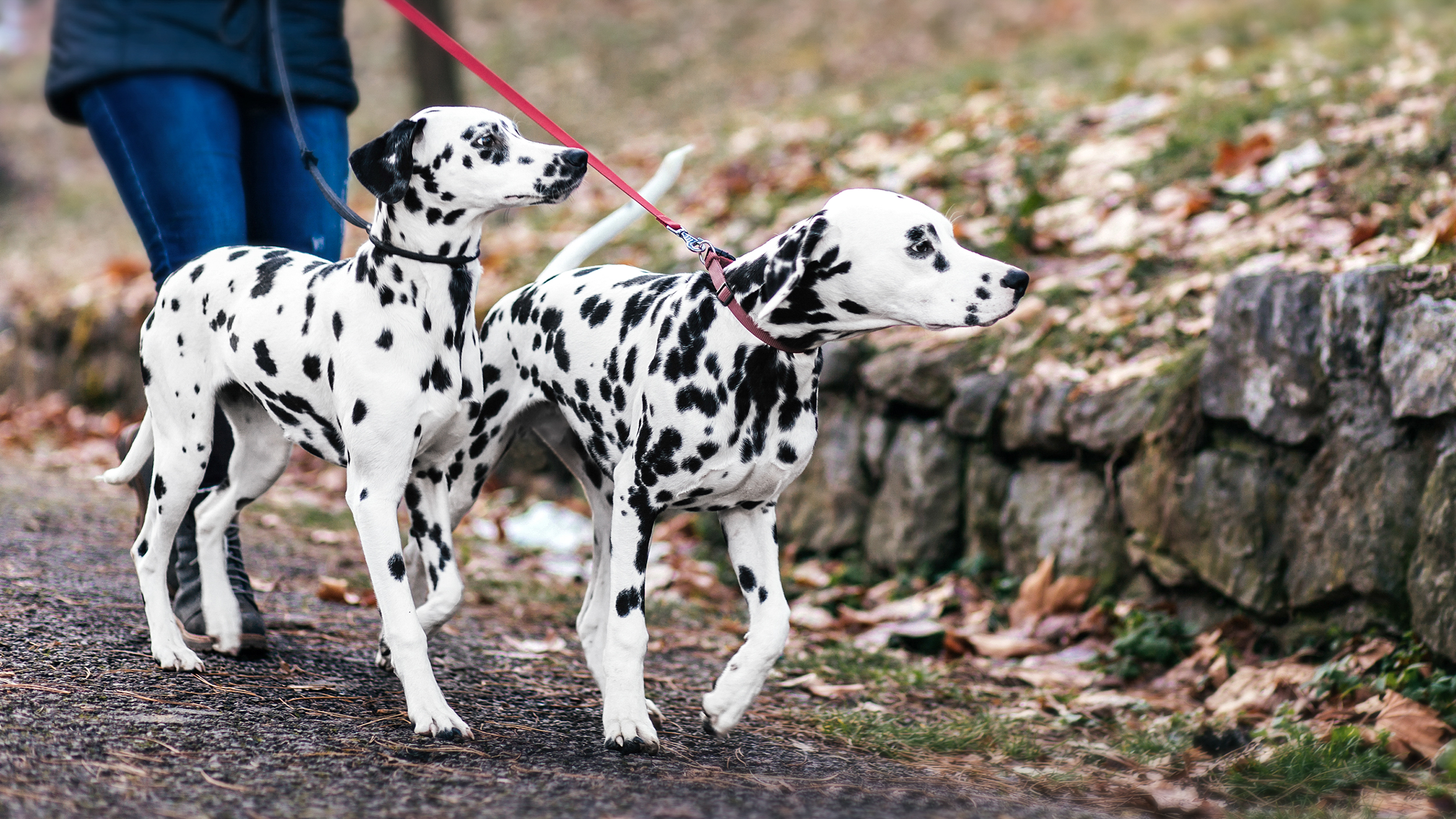How to adopt a dog

Whether you choose to adopt an adult dog or a puppy, there are pros and cons to rescuing a dog and it’s a very personal decision that requires careful research and consideration of the type of home you will be able to provide.
Benefits of adopting a dog
- It can be an extremely rewarding
- Adult dogs may already be house trained
- Adult dogs may already be trained in basic commands
Challenges of adopting a dog
- It is difficult to predict the adult size of mixed breed puppies
- Sometimes rescue pets may have behavioural issues
- Adult dogs may lack basic training or could have developed bad habits
Top tips for adopting a dog
Key to a successful transition is spending time with your potential dog before bringing it home. Try to see it several times before adopting it and ask to take it out of the shelter for a few walks, both on and off the lead. If possible, take it out in your car and observe its behaviour in different circumstances.

Centre staff will know the dogs they care for and are there to help advise, so ask questions about your dog to understand its nature. For example:
- How old is the dog?
- What kind of life has it led?
- How does it usually behave and is it scared of anything?
- How does it react around children and other animals?
- How does it react to different environments?
- Is this dog content to be left on its own?
Bringing your adopted dog home
- Keep things calm and gentle when you first come home: When it arrives, let it get to know its new territory and family gradually over the next few days.
- Supervise children: If you have small children, only let them play with it when you are there so you can make sure it doesn’t get frightened.
- Introduce existing pets slowly: If you have existing pets, start by introducing them to your dog gradually and in a neutral area outside the home.
- Don’t spoil your dog: Most people feel sorry for dogs from a shelter and naturally want to help them feel comfortable in their new home. This means they spoil the dog, which can lead to bad habits and problems in the future. A dog needs a clear set of rules to keep him stress-free.
- Be patient with training: Once the dog understands how to behave at home, start teaching it how to react when you take it outside. At the beginning, keep it on a lead to make sure it won’t run away. Set up some daily rituals and if you leave your dog alone, don’t allow it to get stressed before you leave. Just walk out without speaking to it and remain indifferent when you come back.
- Do not accept aggressive behaviour from your dog: Even a simple growl should be corrected. If you react promptly and systematically when your dog has a bad attitude, you will be able to correct its behaviour. Working with a professional trainer may help you with this process. If you don’t pay attention to early signs, the situation will just get worse.
Adopting a dog is an important commitment that needs to be carefully considered, but if your decision is properly researched the result can be a rewarding relationship for you and your dog.
Related Articles

Like & share this page